When a curator chooses a title as desperately bubbly as Viva Arte Viva, something is clearly amiss. “Live art live!” – the 57th Venice Biennale’s tagline reads like rhetorical CPR for a decadent culture in the throes of death.
After seventy-two prosecco-fogged hours trudging through the show’s press preview, Viva Arte Viva ‘s aspirations were drowned by the Biennale’s innumerable contradictions. Director Christine Macel’s statement, however, demands that the show be tested against its own mission – to “mirror the world’s complexities [and facilitate] an extrovert movement from the self to the other.” These are laudable ambitions. And to observe the Biennale’s deeply incongruous reality is, in a sense, to honor them.
Even by the mainstream artworld’s pitiful standards of racial equality, the crowd attending these opening days was blindingly white. So, too, were the gleaming hulls of the many super-yachts, moored meters from the Giardini’s entrance. In a situation foundationally premised on inequality, encounters “between self and other” are decisively consigned to the symbolic realm. To Macel’s credit, the show does offer “a multiplicity of approaches and a wide variety of practices.” This plurality unfolds, however, within abysmal homogeneity. Unsurprisingly, white artists dominate, followed, in descending order of representation, by Asian, Latino, Middle Eastern, Black, and Indigenous artists. Early in May, Artsy.net used the adjective “disheartening” when reporting (with statistics from the Guerrilla Girls) that Senga Nengudi would be the sole black woman included in Viva Arte Viva. Given the lip service Macel’s statement pays to cultural diversity, that word seems rather light.
If you can quell your stomach after reading this figure, the show does offer a diversity of styles and methods. Set against sensational installations from a handful of star artists, many slower-burning presentations defined my experience of the protean whole. The veteran avant-garde arrives by way of John Latham’s bookish combine paintings, and later, the blue-chip Arte Povera of Gabriel Orozco. Just down the hall from Orozco, Irina Korina’s Good Intentions (2017) has viewers ascend a staircase through a micro industrial night-club atmosphere dressed in neon icons and gaudy floral assemblages – all meant to reflect the perverse accoutrements of new Russian power. The critique of male dominion reappears in Guan Xiao’s three-channel video David (2013) where images of Michelangelo’s David are accompanied by sung descriptions of its many potentially kitschy uses.
These works represent only a sliver of Viva’a chockablock agglomeration. Oddly, however, the show’s messiness isn’t the problem; it’s that Macel founders in her half-hearted attempts to impose an overarching structure. To this end, a few didactic panels divide the show into nine chapters. These are: The Pavilions of Artists and Books, Joys and Fears, The Common, The Earth, Tradition, Shamans, Dionysian, Colors, and Time and Infinity. This structure seems tailored for a catalogue format, allowing readers to slowly parse the underlying qualities that join the works. Had Macel pursued her chaptered conceit with a more radical commitment, clearly annunciating each section in the structure of the exhibition, the show might have found a strange, novelistic effect. Alternatively, had she embraced pluralism unflinchingly, the resulting quagmire might be genuinely enigmatic. Instead, we have a compromise between structure and chaos.
Thankfully, many compelling voices rise out of this din. Sam Lewitt’s Stranded Assets (2017) is one such grace: a quizzical route into the dull territory between art and infrastructure. The piece is comprised of several light fixtures, echoing the shape of a splayed tome. Some glow, testifying to their past lives in a now-defunct coal-burning power plant in Porto Marghera, which once provided the Arsenale’s electricity. The rest are dark grey, having been cast from pulverized fuel ash. Without sacrificing magic, the work opens a line of thought between clichés of Italian luxury, and the difficulty of living and working in a putative paradise.
Lewitt’s sculptures had an illuminating, secondary effect, bringing into focus the thin efforts of another artist fond of glowing ambience, Philippe Parreno. Typically, in his large, self-contained installations, Parreno realizes cinematic dream spaces that obscure the divide between life and fiction. But Cloud Oktas (2017) disappoints. The piece is comprised of a vertical Plexiglas box. Attached to it were sensors, causing lights to flicker as viewers approached. In contrast to his carefully wrought-atmospherics, this work twitched on the cusp of affect.
Despite Viva Arte Viva’s swarming density, it allows simple and evocative works like Thu Van Tran’s The Red Rubber (2017) to hang in the mind. Here, Tran cast the trunks of several rubber trees in red and white wax, and displays them unceremoniously atop wooden crates. Not unlike Lewitt’s fixtures, these installations invite an encounter with our world’s material substructures. Both works evoke the fraught intersection of ecology and economic dependency: the difficult shuttering of a polluting power plant, the harvesting of rubber trees.
Given the power held by Tran’s sculptures, it’s disappointing when she acquiesces to the deadening compulsion to over-contextualize. Across from her facsimile logs, two small projections intercut footage of manual rubber-extraction with scenes of cupped hands being cast in wax. Tran had also back-dropped her cast logs, with a large mural of washy floral colors interspersed with photograms of leaves. This tedious scene-setting radiates a mildly depressing institutional sensibility. Languishing in a limbo between science-center display and theater, the extraneous elements of Tran’s installation dull her stronger tree works by relieving pressure from the viewer’s imagination.
Propelled through this exhibition by impending deadlines and espresso buzzes, it would have been easy to miss the political and social subtleties in artworks seeming benign at first glance. A case in point: Judith Scott’s sculptures, which combine beauty, difficulty, and self-care to achieve an understated resonance. Until her 2005 death, Scott disappeared banal objects into dense boulders of wrapped yarn. Her Venice pieces radiate the uneasy energy of time oddly invested. And so, it’s not necessary to know that Scott made these works after being institutionalized, when her deafness was misdiagnosed as mental illness. But through a lens cut with this knowledge, the pieces acquire new depth, as a meditation on the politics of silence and repression: of vitality, buried.
Scenarios that deliberately cultivate shambles of perspective offer no coherent thematic: orchestrated plurality is the cohering theme. Despite massive missteps and omissions, there are instances when this really works. Such was my experience of the enchanting pencil crayon drawings of the late Inuit artist Kananginiak Pootoogook. These pictures depict scenes from Inuit life: whale hunts, a moment taken to smell wildflowers, the artist drawing a wolf, and cryptic encounters with the Royal Canadian Mounted Police. The dislocated appearance of Pootoogook’s work has a kind of Wunderkammer effect, recalling the curio cabinets compiled by European powers from their colonial spoils. However, the presence of the drawings in this group exhibition also dissolves too-easy, often racist projections. In this context, individual works are thrust out of stereotype, and pushed towards multivalence. (Previewing the show in a German magazine, one cheeky writer dubiously characterized Pootoogook’s work as the “most likely to terrify critics.”)
In addition to recalling intimate facets of Indigenous life, Pootoogook’s drawings vitally contribute to a collective discussion about what it means to tell stories through manually-produced images. The drawings are slowly elaborated in translucent, colored pencil. Often, they dismiss and then return to perspective, in order to highlight aspects of the scene. Through these complexities, Pootoogook’s pictures amplify the resonance of other works, like Rachel Rose’s animated film, Lake Valley (2016). Made from thousands of 19th-century children’s book drawings, Rose’s film found antique whimsy tensioned by a millennial attitude toward authorship, where found material is readily collaged and remixed. This negotiation of techniques, past and present, reverberated back against Pootoogook’s image of a kayak-borne man, capturing a whale with his Handycam.
Of course, such moments of fortuitous conversation would be more effective if Indigenous artists comprised more than one percent of this exhibition. This combination of high ideals and dismal results is nothing new. Writing on the 45th Venice Biennale (1993), the editors of The Former West: Art and the Contemporary After 1989 (2016) note that “This vision of an art event ‘free of nationalist pride and chauvinist policies’ [was] quickly deflated by reality [as the] so-called West continued its routine of presuming itself as the ‘first’ among what were supposed to have become its – albeit heterogeneous – equals.” It’s true, as Ben Davis recently reflected, that Macel has put “a nice emphasis on Eastern Europe.” But the truth in this observation doesn’t do much to countervail the fact that Viva Arte Viva guards delusions of European superiority.
Even if Macel’s exhibition did live up to its multi-vocal ideal, the effort would be weakened by congenital defects in the Biennale format. In an exhibition this packed, it’ impossible for anyone without an extended press pass to pick up on the show’s subtler, more internal resonances. Impossible barriers of time, distance, and cost bolster the Biennale’s exclusivity. A single ticket costs twenty-five Euros, and provides only one entry to each of the exhibition’s two overloaded pavilions. Visitors, who have already spent ample money and effort to be in Venice, are cast as exhausted speed-daters, numb to particularity.

Ernesto Neto, “Encounter with the Huni Kuin – Boa Dance conducted with the Hun Kuin performance,” 2017, at the 57th Venice Biennale. Photo: Italo Rondinella.
If Viva Arte Viva‘s mission is to reconnect people through art, our attention should linger over the power dynamics that condition these encounters. Interestingly, one of the works that most directly engaged colonialism has drawn the most pointed suspicion. In The Pavilion of Shamans, Ernesto Neto installed his Um Sagrado Lugar (A Sacred Place) (2017) – a large woven canopy, lined with wood chips. As I passed this construction, a group of Indigenous Brazilians quietly sat next to several critics, historians, and curators, offering thoughts on the plight of First Peoples. Among this group was Candice Hopkins – a member of the Carcross/Tagish First Nations, and one of the curators of Documenta 14. She reflected at length on the troubling mess of good intentions.
Throughout earlier waves of European colonialism, Hopkins reminded the audience, Indigenous people were toured through Europe like living artefacts, their spectacular regalia distracting from colonial violence. Her subtly-delivered point was that Neto’s piece might be (however unwittingly) participating in the same ugly ritual, albeit now dressed up in vague post-colonial rhetoric. Hopkins’s contribution seemed to signal a space for antagonism within this show. But it’s instructive to remember that, as a thriving branch of capitalism, contemporary art is adept at transforming such critiques into saleable content. Because contemporary art’s driving brand-identity is criticality, reproaches like Hopkins’s are often incorporated into contemporary art’s vision of itself. Old patterns of domination are thus reproduced, under the guise of self-reflexive progressivism.
This is a confusing scenario, within a confusing exhibition – and in a profoundly confusing time. Thinking about this show in relation to the creeping xenophobia threatening our world, it’s unusually prudent, this year, to attack its glaring hypocrisies and the false humanist veil that defends them. Any critic worthy of the title, however, should undertake this analysis without simultaneously burying the many complex artworks contained herein: thoughtful contributions from Tran, Pootoogook, Scott, Korina, Xiao, Lewitt, and others. To give Viva Arte Viva the scrutiny it deserves while ignoring the subtleties of the artworks that vein it, would be a grave disservice.
This voluminous – and voluminously hypocritical – exhibition presents a surplus of unassimilable experience: works that cannot be described, conversations that cannot be recounted, ethical dilemmas that may take generations to un-knot. By way of these contradictions and excesses, art does live in Viva Arte Viva. But life comes in many forms. Here, it is the parasitic joie de vivre of neoliberal functionaries, busily gilding oppression with the rhetorics of freedom.

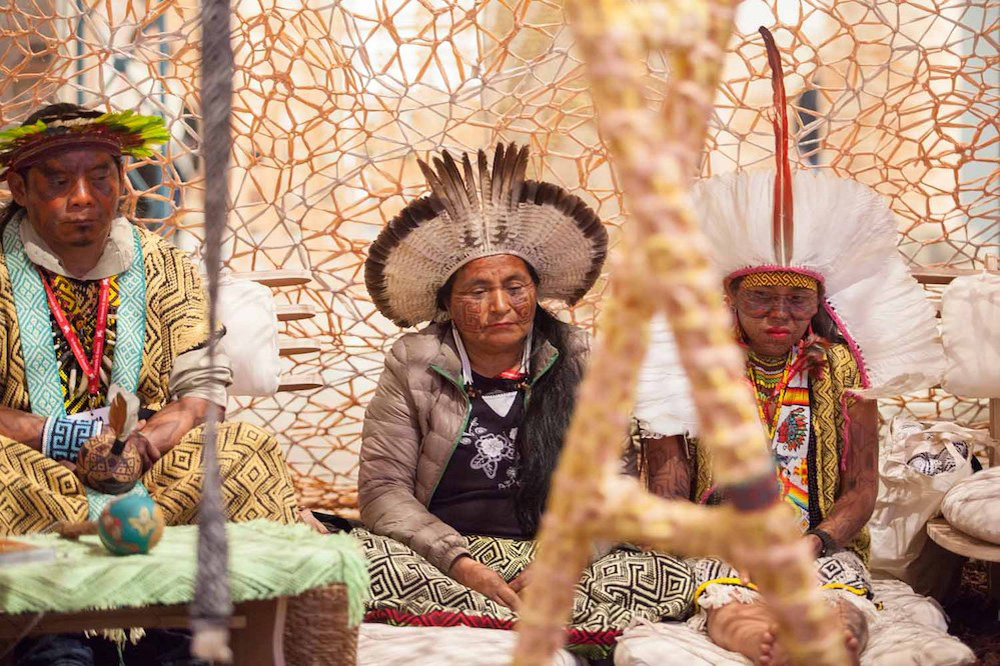






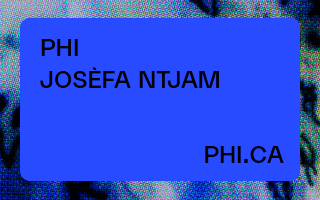
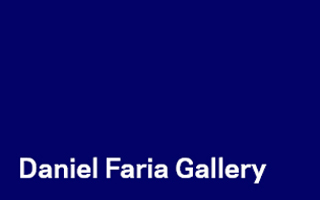


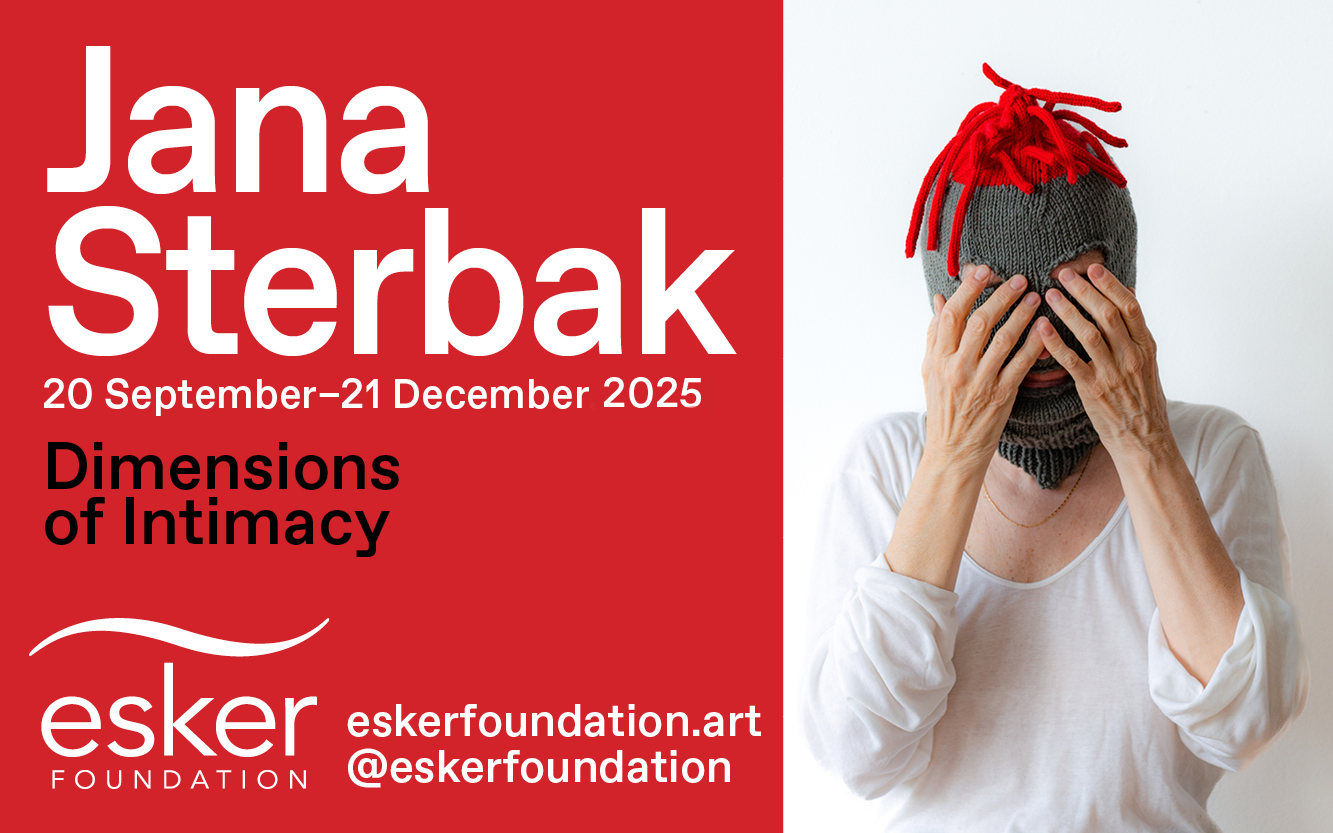





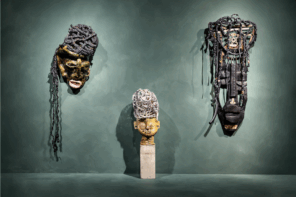


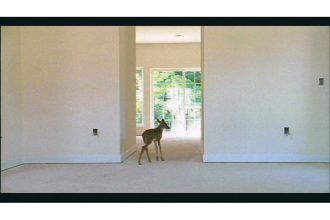
I’ve appreciated Mitch Speed’s writing since first coming across them and this review is no exception. Quality is assured by calling out the shallow and superficial, pour encouragé les autres. But for one dangling question about race. At a recent exhibition in mainland China, most participants were Han Chinese. Now I myself agree with you in condemning the racial imbalance but I’m also left wondering on what ground? The popular postmodern contingency is debunked by facts remaining facts no matter what culture creates them. Colonialization never ended, there is no post colonial world. I’m unsure if the curator failed to seek out diversity, which suggests incompetence, or if other explanations beckon? How did it happen that audience and artists were mostly white, even in a show about diversity? And by what assumptions do we condemn this?
Great and efficient review, Mitch. There are excellent reasons, why Venice biennale audiences are mainly white even at previews – fortress Europe, as any person with ‘the wrong passport’ can testify. I wonder however, why you chose not to discuss Olafur Eliasson green light project, which is arguably even more problematic than the Ernesto Neto work.